Annealing: What Is It And How It Works
Annealing Meaning
Annealing is the process used to alter the properties of metals, alloys and other materials to relieve internal stresses, strengthen the material’s ductility (ability to stretch as opposed to breaking) toughness and homogeneity (uniformity of its structure) and enhance its mechanical and physical properties. It can strengthen the reliability and performance of components in various applications, altering material properties to suit a specific purpose for industries such as manufacturing, aerospace, automotive engineering and construction.
For a comprehensive guide to annealing, including its definition, process, benefits and applications, read on:
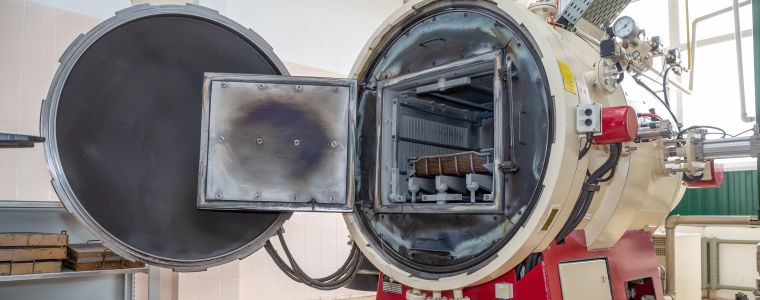
What is Annealing?
Typically used in metallurgy and materials science, annealing is a heat treatment process involving heating, holding and cooling.
Heating: Material is subject to heating at a specific temperature, determined by the material’s composition and the desired result. This temperature is typically chosen to be above the material’s recrystallisation point but below its melting point.
Holding: When the material reaches the annealing point, it is held there. The duration varies from minutes to hours, depending on when it reaches uniformity of heat throughout the material.
Cooling: Following holding, the material undergoes a gradual and controlled cooling process, the pace of which may vary depending on the particular annealing method and the material type. Slow cooling is, generally, preferred to avoid the introduction of new stresses.
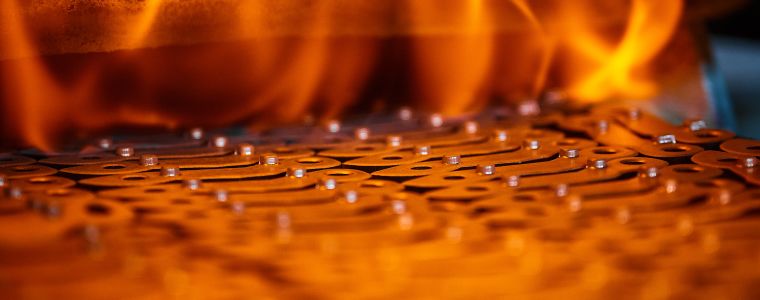
Different Types of Annealing
There are many different types of annealing and your purpose will determine the one required.
Full Annealing: Also known as complete annealing, full annealing is used to soften and improve the machinability of materials (ease at which a material, particularly metals and alloys, can be cut or shaped). The primary purpose is to remove internal stress, refine the grain structure and achieve a uniform microstructure throughout the material. This involves the process of heating, holding and cooling.
Isothermal Annealing: This allows for the transformation of the material’s microstructure, which can involve the formation of new phases, recrystallisation or grain growth. Isothermal annealing can be used to modify the material’s mechanical properties, such as hardness, strength, ductility and toughness.
Process Annealing: As a partial annealing process, process annealing can recover ductility and reduce hardness in cold-worked materials. Material is heated to a lower temperature than full annealing and is, typically, followed by a slow cooling process.
Stress Relief Annealing: Without altering their mechanical properties substantially, stress relief annealing can reduce internal stresses in materials. To prevent distortion and cracking, it is often employed in welded components.
Normalisation: During normalisation, the material is heated slightly above the critical temperature, then followed by air cooling. This helps to refine the grain structure of materials and improve mechanical properties.
Recrystallisation Annealing: Suitable for cold-worked materials, such as metals and alloys, this process is used to induce recrystallisation in cold-worked materials. It eliminates the effects of prior cold working and restores the material’s ductility and homogeneity.
Mechanisms Behind Annealing
Commonly used for metals and alloys, annealing can change the microstructure and properties of materials by use of a heat treatment process. Changes can be seen at the atomic and structural levels. Mechanisms behind annealing are complex and can vary based on elements such as material type, annealing temperature, heating and cooling rates and the specific goals of the treatment. By understanding these mechanisms, material engineers and metallurgists can tailor the annealing process to achieve the desired microstructure and properties for various applications.
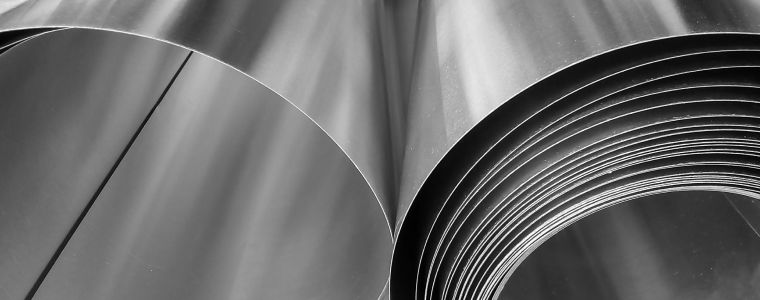
The specific mechanisms are depending on the type of annealing process, but common mechanisms include:
Recovery: During the initial stages of annealing, the material undertakes a recovery process. At this point, dislocations and defects created during the previous manufacturing processes (like cold working or deformation) are removed. As the material is heated, dislocations move and some may annihilate, reducing the internal stress.
Recrystalisation: When the annealing temperatures rise, recrystallisation occurs. New, strain-free grains form within the material at this point, replacing the strained and deformed grains. Recrystallised grains are generally smaller and more evenly distributed, contributing to improved mechanical properties and homogeneity.
Grain growth: In annealing processes involving prolonged heating, grain growth can occur. Newly formed grains can continue to grow in size. Such growth can change material properties, such as improved strength or grain refinement depending on the specific conditions and alloy composition.
Diffusion: Diffusion is fundamental for annealing. As the material is heated, atoms rearrange to create new, strain-free crystals. The redistribution of solute atoms can impact properties like hardness and corrosion resistance.
Recovery of mechanical properties: Annealing can re-establish the mechanical properties of the material to their optimal state. It reduces hardness, increases ductility and eliminates brittleness. The effectiveness of this is reliant on elements such as annealing temperature, time and cooling rate.
Redistribution of alloying elements: By redistributing alloying elements internally, annealing can result in alterations to the distribution or microconstituents within a material. This process can be used to achieve specific material properties, such as corrosion resistance or electrical conductivity.
Strain relief: Annealing can defuse internal stresses formed by processes such as welding or forging. Dislocations move and rearrange, preventing distortion and cracking in the material.
Texture development: Depending on the annealing process and material composition, a certain crystallographic consistency may occur. This change can affect the properties and behaviour of a material.
Benefits of Annealing
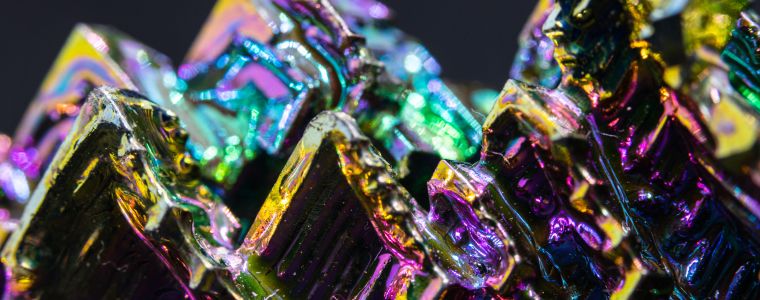
Annealing is an essential element of manufacturing and processing materials. It offers several key benefits and advantages:
1.Stress relief: During previous manufacturing processes, such as forging, welding or cold working, materials may develop internal stresses and strains. Annealing can help provide stress relief which prevents distortion, cracking and can support its longevity. The prevention of a brittle structure can be vital for applications within industries such as aerospace or structural engineering where brittle structures can impact safety standards.
2. Improved ductility: Annealing increases the malleability and brittleness of a material. It also increases ductility which is imperative when bending or shaping materials.
3. Homogenisation: To anneal can remove variations and irregularities to create uniformity throughout its structure. Uniformity can ensure the consistency of properties within a material, supporting against defects and weaknesses.
4. Grain refinement: For specific annealing processes, grains can be made smaller and evenly distributed. This aids the material’s mechanical properties, such as strength and toughness.
5. Recrystalisation: Annealing induces recrystallisation in cold-worked materials, replacing strained and deformed grains with new, stress-free grains. This process can revive a material’s mechanical properties, reducing work hardening.
6. Machinability: Through softening materials, materials can be easier to cut and process. As a result, annealing can significantly improve the machinability of metals and metal alloys.
7. Controlled hardening: To achieve controlled hardening or softening, a certain annealing process can be used.
8. Restoration of magnetic properties: For ferromagnetic materials (typically pure forms, alloys, or compounds or iron, cobalt, nickel and certain rare-earth materials) annealing can restore their magnetic properties if they have been altered by exposure to magnetic fields or cold working.
9. Recycling and reuse: Annealing can revive the properties of recycled or scrap materials so they can be used for a variety of applications.
10. Consistency and Quality Control: Annealing helps to guarantee the predictability of material properties, essential for quality control in manufacturing processes.
Applications of Annealing
Annealing is widely used in a variety of industries and applications to modify the properties of materials, particularly metals and alloys. The specific annealing processes are adapted to each application to gain the desired material characteristics.
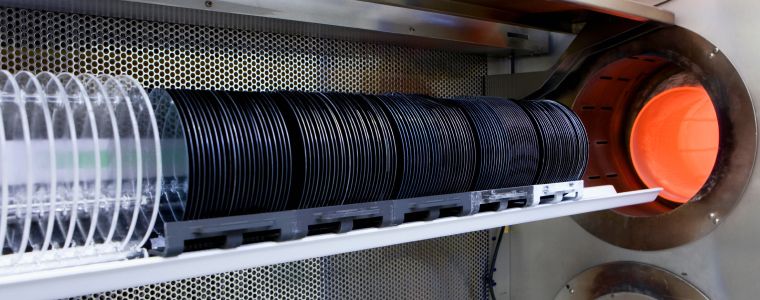
Metallurgy and metalworking
For steel and iron production, annealing is deployed for the softening and refinement of grain structures to improve their mechanical properties. In cold working, metals that have undergone processes such as rolling or forging are annealed to relieve internal stresses and regain ductility. Within wire drawing, annealing can soften and improve the ductility of metal wires so they can be further processed. In sheet metal forming, annealing can be used to create various shapes and products by making the metal more malleable.
Manufacturing
Acting to remove internal stresses, annealing supports forging and casting by removing internal stresses and improving the mechanical properties of forged and cast components. Welded elements are commonly annealed to reduce the risk of distortion or cracking to aid structural integrity. Annealing helps optimise the hardness and toughness of tool and die materials, supporting their longevity.
Electronics
Annealing is used in semiconductor manufacturing to activate dopants, repair defects and control electrical properties. For magnetic materials, annealing can restore their properties for use in electronic components and devices.
Aerospace and Aviation
Used to relieve stress and enhance mechanical properties, annealing can be applied to critical components for applications in aircraft, ensuring safety and reliability.
Automotive Industry
Annealing can be used for the creation of engine parts, gear and other critical components to achieve desired results.
Medical Devices
For materials used in medical components, annealing supports strength, corrosion resistance and biocompatibility.
Energy Sector
For power generation equipment, annealing is used within elements such as turbines and infrastructure projects.
Nuclear Industry
Annealing plays a critical role in the production of materials utilised in nuclear reactors, guaranteeing their structural integrity and safety.
Research and Development
Deployed in research and testing laboratories, annealing is used to test and study material behaviours and properties.
Factors Influencing Annealing
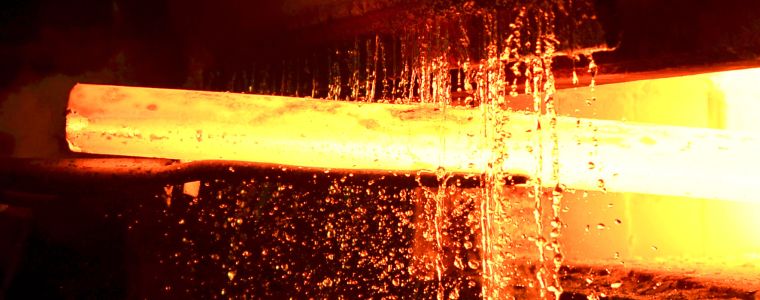
1. Temperature and time: The temperature for annealing is a critical parameter. Certain materials and applications need specific annealing temperatures for effective results. These are, generally, above recrystallisation temperature but below the melting point of the material. The duration the material is at the annealing temperature (holding time) is important. Longer hold times give a significant microstructural change, including changes to grain growth.
2. Cooling rate: Controlled cooling affects microstructural changes and final material properties. Slower cooling rates are commonly used to prevent the reintroduction of internal stresses and allow for controlled grain growth.
3. Atmosphere: The composition of the surrounding atmosphere can impact annealing processes. To eliminate oxidation or other chemical reactions, annealing can be performed in a controlled environment such as a vacuum or specific gas environment.
4. Material composition: The composition of the material being annealed plays a critical role. Specific alloys and materials can act differently to certain annealing conditions.
5. Initial microstructure: The microstructure of the material, including elements such as grain size and dislocation density, can impact the annealing process and the resulting microstructure.
6. Heating rate: The rate at which the material is heated to the annealing temperature can impact the uniformity of heating and the overall annealing process.
7. Size and Shape of the Material: The size and geometry of the material annealed can impact the heating and cooling rates. This can impact the annealing process significantly.
8. Previous Processing: Prior processing can impact cold working, machining or welding can create internal stresses and defects. These must be considered when determining annealing conditions.
9. Equipment and Furnace: The type of annealing equipment and furnace used affect temperature control, atmosphere, control and overall annealing process.
10. Quality Control: Control measures are essential to ensure the annealing process consistently produces materials with the desired properties.
For the annealing process to be effective, key factors need to be monitored and controlled to allow for the desired material properties and microstructure. At NeoNickel we offer advice, and technical assistance to support you and your specific annealing needs. Get in touch today!

